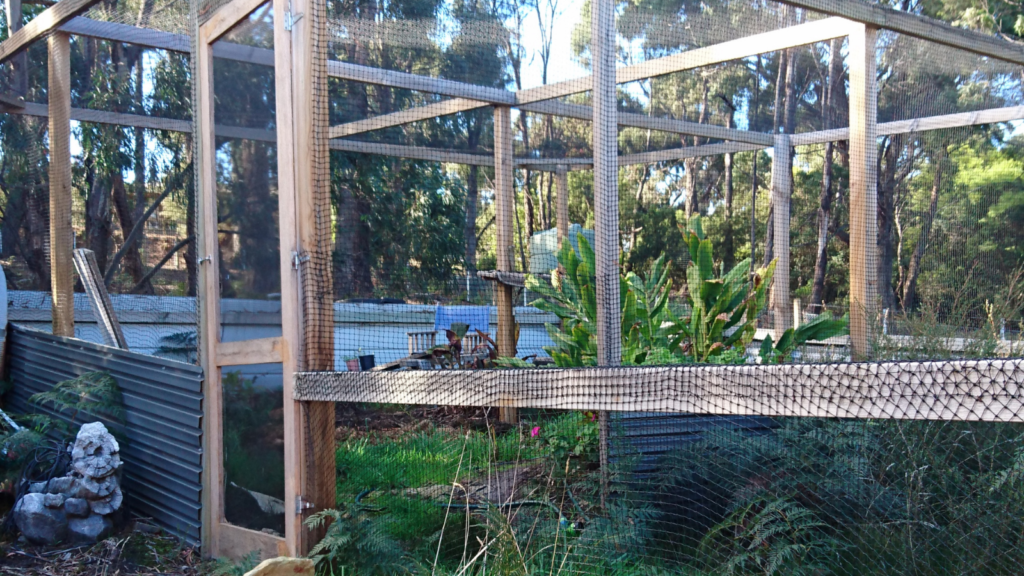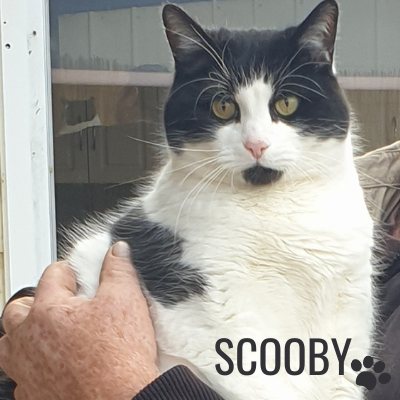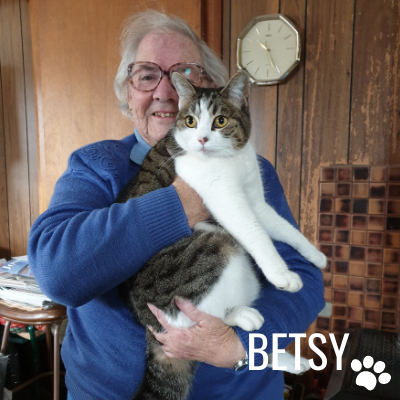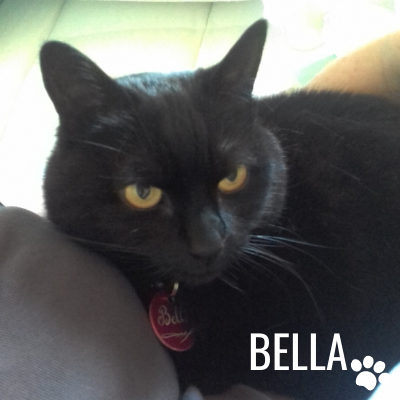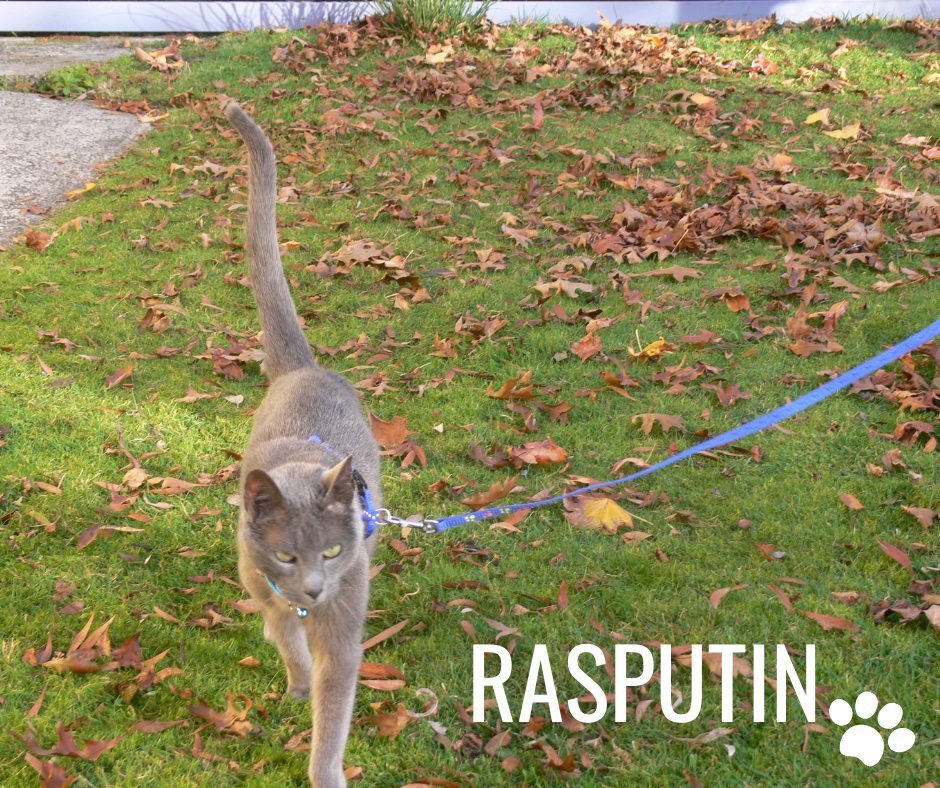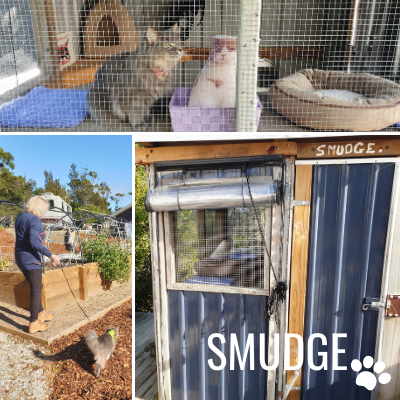On Tasmania’s Bruny Island, resident cat owners and visitors are learning about their responsibilities under the recently introduced Bruny Island Cat by-law and what this means for cat ownership on the island. Introduced with the welfare of both domestic cats and native species in mind, the By-law aims to foster responsible cat ownership, protect the health and welfare of pet cats, and manage stray cats on the island.
To help residents understand and comply with regulations, Kingborough Council staff (as part of the NRM South managed ‘Priority actions for Eastern Quoll on Bruny Island’ project) are ensuring all domestic cats that live on, or regularly visit the island are registered and comply with the By-law.
Kaylene Allan, Cat Management Officer for Kingborough Council, commented ‘Nearly 60% of known Bruny cat owners are currently complying with the By-law, which is really positive. However, we need full compliance to prevent additional cats adding to the feral and stray cat population and to protect pet cats from our control activities.’ One of the challenges in achieving full compliance is that not all cat owners on Bruny Island are known to Council. Kaylene stressed the importance of community participation in helping Council with their efforts.
Although recent surveys of Bruny Island residents shows overwhelming support (80%) for domestic cat management initiatives, the idea of confining pet cats can sometimes be confronting for owners, who may believe their cat doesn’t roam or feel that containing cats is unnatural. However, containing cats brings many benefits – both to the cats themselves and to the wider environment. Below are a series of stories from cat owners who have seen the benefits of containing their pets, and Kaylene is keen to hear back from other cat owners on Bruny with their experiences and advice on transitioning their cat to containment.
OWNER EXPERIENCES
Read more about stories from cat owners living on or visiting Bruny Island;
Scooby was found abandoned as a kitten in Alonnah. After seven years of neighbourhood roaming, Scooby’s family tentatively agreed to try containment. Their main concern was that he’d become stressed and develop inappropriate behaviours (such as aggression, spraying or toileting in the house). Scooby also lives with a dog that needed ready access between the house and yard without Scooby escaping.
Although the family’s concerns led them to consider rehoming Scooby off the island, they eventually settled on an effective solution. When renovating their courtyard, they added angled top panels to the timber screen and oscillating PVC piping that Scooby couldn’t grip onto. This is much more attractive than netting and enclosures and means that the entire household can share the outside area.
While there have been a few teething problems and occasional escapes, Scooby has now adjusted. Interestingly, once quite aloof and independent, Scooby now loves attention and will actively seek out the family’s company. This positive behaviour change is not uncommon in cats when they start to experience the safety of their own territory without the presence of other cats and threats.
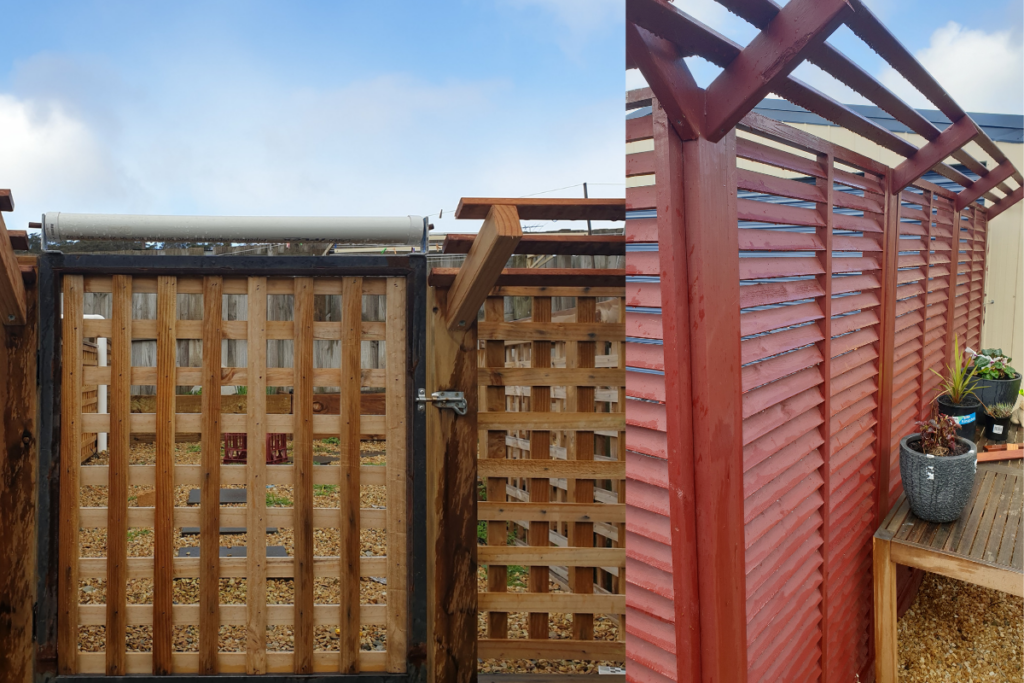
Timber screens and PVC piping now keep Scooby safe in his own territory.
Irene welcomed Betsy into her life three years ago. Betsy has always been an active cat spending lots of time roaming the beach and local bush. She was such a fearless hunter that she even brought home tiger snakes on two occasions. After removing a live snake from Betsy, Irene decided it was time to contain Betsy before her habits led to more serious consequences.
Since early 2020, Betsy has adapted to life moving between the house, an enclosed porch and small area of lawn. While initially reluctant to contain Betsy, Irene admits she seems content and when on the odd occasion she has escaped Betsy doesn’t go far and can be enticed back inside. Irene now has peace of mind knowing that Betsy is safe even when Irene goes away overnight.
Bella was adopted by Maggie as a kitten and grew up in Frankston, Victoria – where all cats had to be registered and kept inside from dusk until dawn. When Maggie moved to Bruny, she was surprised that cats were not regulated. But to help protect the local wildlife, Bella remained a ‘4pm to 9am’ indoor cat.
However, when Maggie went away for 10 days on holidays, Bella (then 8 years old) stayed with Maggie’s brother and his cat in New Town, where she stayed inside all day. When Maggie returned she decided to continue Bella’s 24 hour curfew at home and to Maggie’s surprise, Bella adapted beautifully. She occasionally still escapes but mostly loves to sit on the deck and stay close to home.
Maggie has since built an enclosed vegie patch and is planning to connect the back deck to the enclosure with a 15m air-walk tunnel. For Maggie this means that Bella and her family now have the best of both worlds. They know their beloved Bella and the local wildlife are safe. Bella is a timid cat and it is also hoped that the enclosure will make her feel more secure when outdoors.
When Andrew and Sandy’s got Rasputin as a 6-week-old kitten, they knew containment was the best way to keep him safe, to avoid cat fights, exposure to disease and road accidents and improve his life expectancy overall. It was also important to them that Rasputin didn’t prey on birds and other wildlife, or become a nuisance to their neighbours.
Andrew and Sandy regularly travel between New Town and Bruny Island, and for the past twelve years, Rasputin has travelled with them. When in New Town, he has always been contained within the apartment, with access to two balconies. Andrew and Sandy assessed the apartment to ensure he couldn’t find his way outside or get himself into dangerous situations, and prevented access from the second floor balconies to the adjacent outside window ledges by installing small Perspex barriers. Inside the apartment he has a climbing tower that allows him to look out the window, plus an enclosed sleeping area, ladder and scratching post, along with a selection of toys and tunnels.
When on Bruny Island, he is either inside the home, in the enclosed vegetable garden, or on a lead when Andrew and Sandy are outside with him. “The enclosed vegetable garden at Bruny doubles very well as an outdoor enclosure for Rasputin due to its security, good size for exercise, sun protection provided by vegetation and proximity to the house,” said Andrew. “We found he particularly enjoys spending time on a raised shelf in one corner.”
Due to the layout of their house and yard, they haven’t been able to provide direct enclosed access from the house to the enclosed garden for the cat, so they need to carry him out or walk him out on his lead. However, they say that if they were starting again, they would try to include direct access.
In addition to knowing that Rasputin is safe, and the reduced veterinary costs, Andrew and Sandy believe that confinement has also resulted in an increased level of cat and human interaction, and thus a closer bond with Rasputin than they would otherwise have if he were a roaming cat.
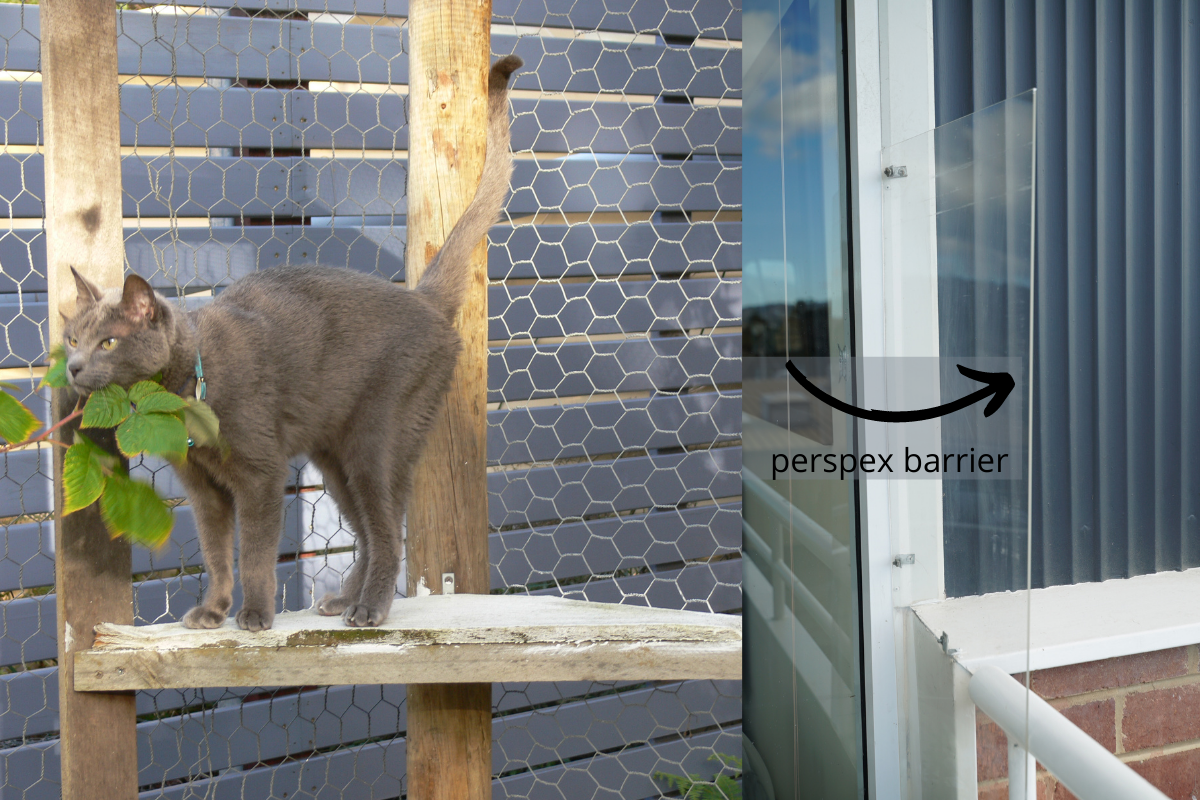
There are many factors of confinement that significantly reduce veterinary fees.“Rasputin is vaccinated for feline enteritis and cat flu, but we do not need to bother with FIV vaccination as we have complete control of his interaction with other cats,” said Andrew. “We do not need to do more than a minimum amount of worm or flea control as we control interaction with other animals and have complete control of his diet. “There is also a much reduced risk of internal and external parasites, no risk of cat fight injuries, and no risk of motor vehicle trauma.”
Some people initially questioned Andrew and Sandy’s practice of complete confinement, but once they observed him and the way he interacts with humans, and saw his areas of confinement, they accepted that he is content and thriving. “My experience is that confining my cat, and my observation of numerous other confined cats, is that they are healthier and totally at ease with their confined environment.”
Andrew and Sandy were able to modify their house and yard to make confinement very simple and completely safe. “We took on our kitten with the firm belief that confinement was best for him and for the environment, and so set about working out how we could best achieve a situation both at home and at the shack so that we could effectively achieve that aim.”
Smudge was adopted at 9 weeks old and lived for five years on Bruny where she had the best of all worlds. She’d sometimes while away the day sleeping in the house. But as an independent cat she loved to spend time in her adored ‘Smudge hut’. Here she experienced the outside world close up in comfort and security. Adapted from an old bird cage, the hut provided mesh windows and perches that enabled her to smell, see and hear the outdoors on her own terms.
One of her favourite pastimes was to go for walks in the garden with her owners. She was trained from a kitten and as soon as the lead appeared, Smudge rolled over ready to have her harness attached. She also loved exploring the garden on her own. A long line attached to her harness offered her independence while her owners were outside gardening.
THE BRUNY ISLAND BY-LAW
The By-law aims to promote responsible cat ownership to improve outcomes for native wildlife, livestock, cats and the community. The By-law will make the management of cats consistent with controls for domestic dogs. It includes compulsory desexing and microchipping of domestic cats, keeping cats within an owner’s property boundaries, a limit of two cats per household without a permit and the prohibition on feeding stray cats. It also requires that domestic cats do not create a nuisance and that cat faeces are removed from public places. By putting these actions in place, the By-law is aiming to reduce the source of unwanted and stray cats and ensure protection for domestic cats during feral cat control programs on the island.
A full copy of the By-law can be found on the Kingborough Council website.
Cat owners on Bruny Island who have not yet registered their pets should contact Kingborough Council by emailing [email protected] or phoning 6211 8284.
RESOURCES
You can get help with problems behaviours at https://www.tassiecat.com/at-home
FREE cat netting is available for anyone on Bruny Island who needs help with an enclosure. Contact Kaylene Allan for more information. [email protected]
This project is supported by NRM South, through funding from the Australian Government’s National Landcare Program.
